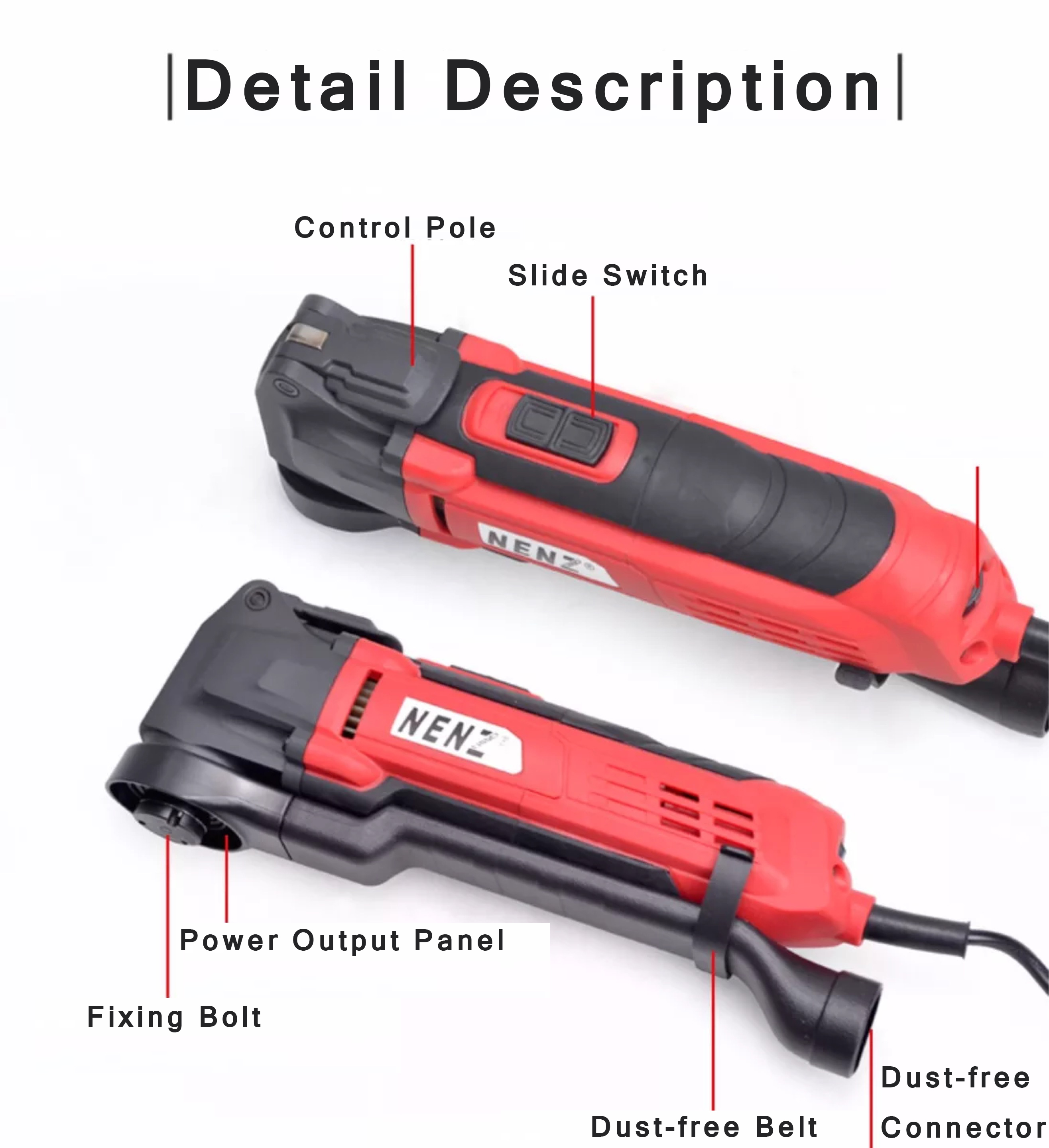Choosing the Oscillating Tool or Multi-Tool
The secret to getting the most out of a multi-tool, especially when it comes to cutting, is using the right blade.
One point I’d like to make before going on: the multi-tool is not a replacement for more familiar power tools like circular saws, jig saws and reciprocating saws. In many cases, these tools are far more efficient when it comes to cutting than an oscillating tool. However, there are many tasks and situations where the oscillating tool shines and you’ll find it a welcome and handy addition to your tool collection.
Multi-tools don’t rotate, like a circular saw or reciprocate like a jig saw. Instead to oscillate or move back and forth through a small arc, usually only three or four degrees. This alternating movement happens very rapidly, over 20,000 times per minute.
For clean, fast cuts through wood, a chrome vanadium blade featuring a Japanese-style tooth design with a double row of alternating teeth would be my choice. The spacing of the teeth expels sawdust efficiently and reduces any tendency to burn. This blade would be a good choice for plunge cutting in laminate flooring as well as flush cutting door jambs and casings. The fine-tooth version is a good choice for plunge cuts in drywall when, for example, installing electrical boxes.

 +86-769-23192489
+86-769-23192489







 Our Amazon Shop
Our Amazon Shop  Tel: +86-769-23192489-617
Tel: +86-769-23192489-617